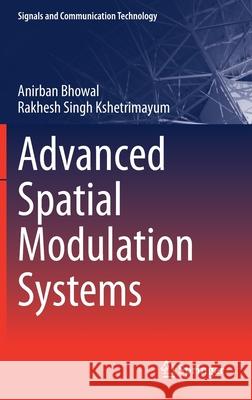Advanced Spatial Modulation Systems » książka
topmenu
Advanced Spatial Modulation Systems
ISBN-13: 9789811599590 / Angielski / Twarda / 2020 / 229 str.
Advanced Spatial Modulation Systems
ISBN-13: 9789811599590 / Angielski / Twarda / 2020 / 229 str.
cena 403,47
(netto: 384,26 VAT: 5%)
Najniższa cena z 30 dni: 385,52
(netto: 384,26 VAT: 5%)
Najniższa cena z 30 dni: 385,52
Termin realizacji zamówienia:
ok. 22 dni roboczych
Bez gwarancji dostawy przed świętami
ok. 22 dni roboczych
Bez gwarancji dostawy przed świętami
Darmowa dostawa!
Kategorie:
Kategorie BISAC:
Wydawca:
Springer
Seria wydawnicza:
Język:
Angielski
ISBN-13:
9789811599590
Rok wydania:
2020
Wydanie:
2021
Numer serii:
000363892
Ilość stron:
229
Waga:
0.53 kg
Wymiary:
23.39 x 15.6 x 1.6
Oprawa:
Twarda
Wolumenów:
01
Dodatkowe informacje:
Wydanie ilustrowane











